Chapter 10: When is a mystery not a fantasy?
Wherein we explore the use of images to think about what we don't know and don't produce definitive answers in the process
Shawn Thompson
5/20/20249 min read


As I searched for images to illustrate the sense of mystery in the koan of Zen Buddhism I stumbled on a website that allows people with absolutely no artistic talent, none, just like me, to create images. Then I experimented with that idea. What is a sense of mystery? It seemed that I could make a distinction between fantasy and mystery. Fantasy might be what we know and can share with others, because we share a sense of fantasy and that can be repeated. Sometimes fantasy novels and graphic fantasy images seem repetitive and unoriginal. But when I struggled with mystery, which is found in the Zen koan and in dreams, it seemed that mystery was a special type of uniqueness, like dreaming while we are awake, and we can't explain the mystery, but we can share it, because others share a sense of mystery. Does that make sense?
Incongruity seems to be a factor in images of mystery, wonder and paradox and that is found in Zen koans too. There is a puzzling incongruity that we can't fathom. Incongruity may be a principle that identifies the limits of our rationality and so useful in that way, as a reminder of the limits of our rationality. But, there should be more to incongruity than simply being incongruous -- shouldn't there? I noticed that the images of incongruity that I wanted had to do with relationships to the natural world and relationships with machines.
I noticed that once I started producing ideas for incongruous images I had to be careful that the ideas didn't become either too mechanical or too arbitrary and that struck me as related to Zen koans. A Zen koan should come out of a genuine sense of mystery, not a mechanical mental ability to produce mechanical or arbitrary questions. So, then I had come back to the problem of how to go beyond the limits of rationality without deceiving ourselves that we are doing that.
The images that I am sharing here are produced by a website that makes images in response to a simple description. I noticed that the program is somewhat limited and can't produce everything that I can describe, which is when I wish I had artistic talent. It seems that the program can't produce images that somehow don't fit its programming framework, whatever that is. I don't understand creating the "script" for a program. But I can have mystery thoughts that I can describe but not explain and the computer program can illustrate some of them. So, have a look at images, not words, and see what you think.
Another puzzle in this experiment was that the program produced some images that varied -- but not interpreted, because that would require real mental effort - what I had requested in a way that surprised me. What I found particularly worrisome is when I described a very general situation and the machine intelligence produced something much more intriguing than I ever would have imagined. Is that good or bad? I am not sure. I found mystery in images of machines that had no purpose I could understand, which is part of my normal experience of the world anyway. How is this different from me not understanding how a computer works? Can you meditate on machines that you don't understand? Could anything spiritual come of that?
Often, when I gave the machine intelligence a simple description, it translated the idea into a medieval warrior fantasy or a Science Fiction machine fantasy. The machine intelligence seemed to be making assumptions on the basis of some kind of programming for popular fantasy images and limited to that. Sometimes it couldn't follow simple specific instructions I tried puns like "biography of a car" to get an auto-biography, but just got cars. Well, it wasn't a very inspired pun at that, was it? Incongruity it couldn't compute. Sometimes when I described clearly incongruous situations, it couldn't follow simple instructions literally. I didn't understand the technical difficulty in that. When I typed in the word "incongruity," the results were "lacklustre" - an intriguing word in itself, when you think about it. The machine intelligence couldn't incongruate. What is it about incongruity that is incongruous? The machine intelligence couldn't feel bafflement when it couldn't do what I requested. Technically Machine intelligence can't be "baffled" and doesn't have "intelligence." I wondered what would happen if I gave the machine intelligence a description that was nondescript, that gave too little information, too little guidance. What would it do with that? So I typed in "nothing" and waited the 60 seconds it takes to respond. Sixty seconds can be long when you are full of anticipation. The resulting image was a nondescript old apartment building that could be anywhere. So, now when I see a painting like that, I will have a label for it, "machine intelligence." At other times the machine intelligence surprised me with fantasy images like it was a mechanical roulette wheel of creation that is both a machine and a generator of wonders that it can't comprehend. These images weren't simply chaotic and random, but made sense. How does a machine intelligence do that? If a machine can produce it, is it really art? Can only a human being produce art or is art in the human experience, not how the art is created? This experiment with nondescript words got me thinking. What about the words "spirituality" and "mystic?" The result was women in exotic costumes, which fits my label of fantasy as lack of imagination, according to what machine intelligence produces for the human conception of "spirituality" and "mystic." It seems that human beings keep machine intelligence busy making fantasy images for themselves, in addition to other tasks. Other images of spirituality were of church-like interiors. Is that an image of spirituality? But there was on odd image of a building that didn't fit religious architecture, so machine intelligence had me baffled at that. Here is that image. Make of it what you can. The left image is one concept of mystic. The right image is a concept of spirituality, which looks to be based on some Indian spiritual images, plus a thin, attractive woman in tight clothes. I suppose that for some people that is their sense of a spiritual experience. It seems that machine intelligence can replicate what human beings feel is attractive. We are that simpleminded.
I feel some guilt in this experiment, because I abhor machine intelligence. As a university teacher, I don't want students to hobble their minds by letting artificial intelligence programs -- which aren't intelligent in a human way -- do their thinking for them and the student take credit for it. As a writer, I also think that having these artificial intelligence unthinking programs do the unthinking for someone who then take credits for that, is wrong. But then am I doing the same with images? How do artists feel about this? Machine intelligence can't understand the mystery, the emotion, the spirituality of what it produces, but who needs human beings if we don't invent what consumes us? We still eat apples that we didn't create and drive cars that we didn't design or manufacture. Is that similar or different? What if artificial intelligence could write religious hymns or produce new Zen koans? What is those hymns and koans inspire us? Should we use those hymns and koans or not?
Do I have personal connections with some of the images? The bear images are partly on my mind because I live in a small city in the mountains of British Columbia, Canada, where wild bears wander through our property. I didn't know that there was so much bear traffic on my property until I put up security cameras. Now I see bear, deer and hummingbirds that came and went too quickly for me to notice from inside. Occasionally, we see a wild fox in the hills and lots of wild deer. Biplanes and pocket watches come from childhood memories. One of my grandfathers flew a biplane in Europe during the First World War and then became a train conductor who wore a pocket watch on a chain. I was always intrigued by submarines, first from the Jules Verne novel Twenty-thousand Leagues Beneath the Sea and films about that. I didn't feel claustrophobic about being in a submarine and as a journalist I sailed on a Canadian navy submarine and wrote about it. I have always wanted to play the saxophone, but don't have the discipline to learn. I don't like eggs, but my wife cooks them a lot for herself, so when she is not looking, I paint cartoonish faces on her eggs in the refrigerator with a felt pen, and that makes her laugh. I wondered how to make images that would be naturally funny and not forced. Those are some of my personal connections with the mystery images, but that doesn't explain their impact. However interesting a personal background is, how is that relevant to explaining the impact of the images? A writer or any kind of artist should not be a tyrant and a dictator. My advice is, don't look for an easy answer to the mystery, koan or dream or whatever it is. Your ego may just be deceiving you for the satisfaction of the ego to feel smart, which is also a problem I know teaching in a university for too many years. I imagine the same might be true of koans and Socrates: if the answer to the mystery that they pose seems easy, then you may be deceiving yourself. What are you missing and do you even know that you are missing it?
My experiment with creating mystery images may have helped me understand koans by analogy. Now I leave that challenge to you.
Image originated but not drawn by Shawn Thompson, with more images below. Click images to enlarge.
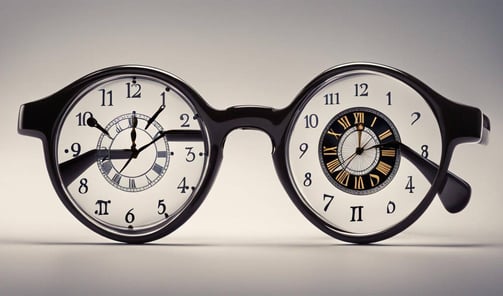



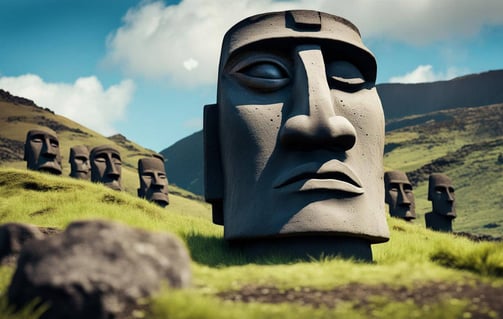





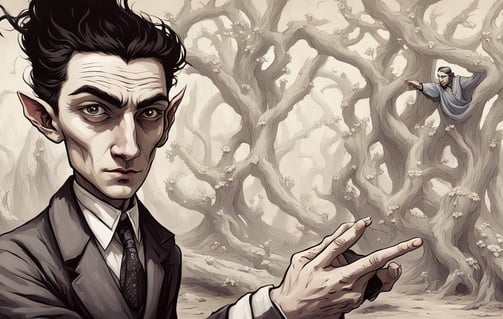

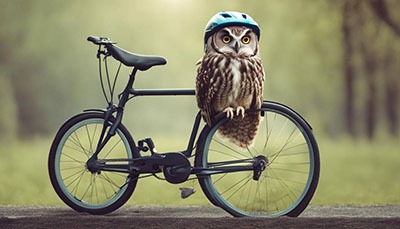

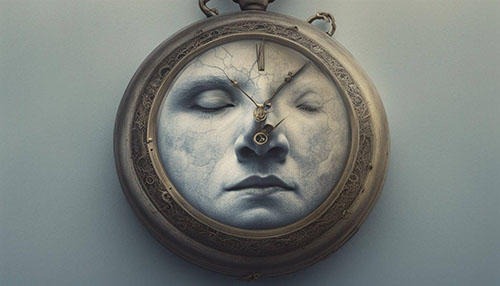



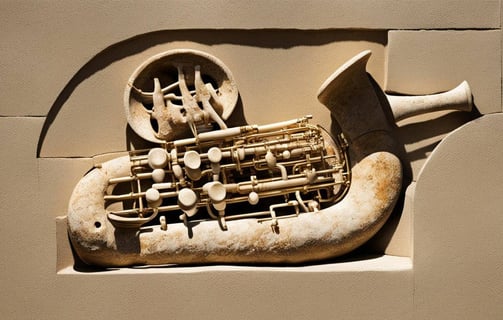







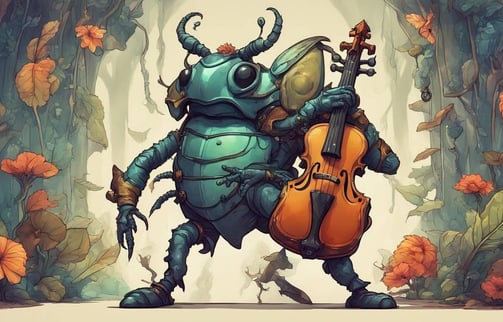




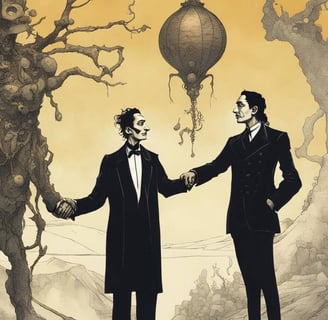
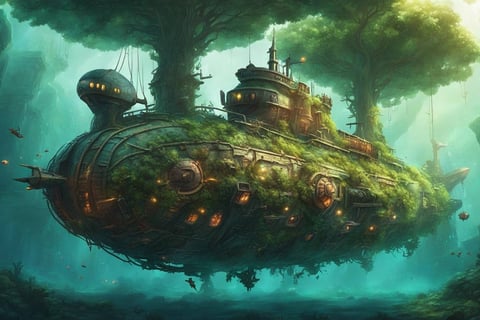




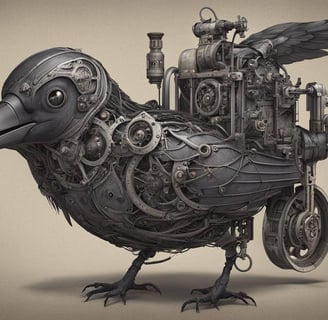
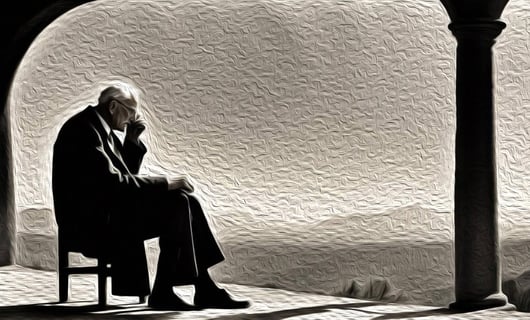



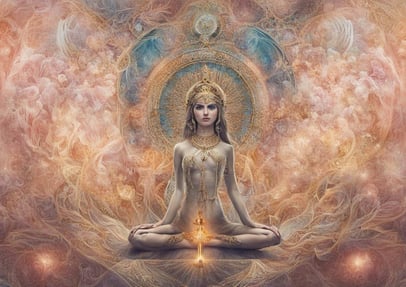

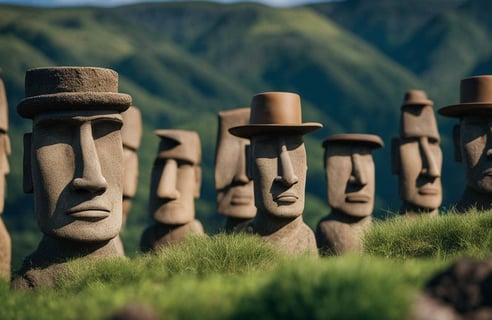



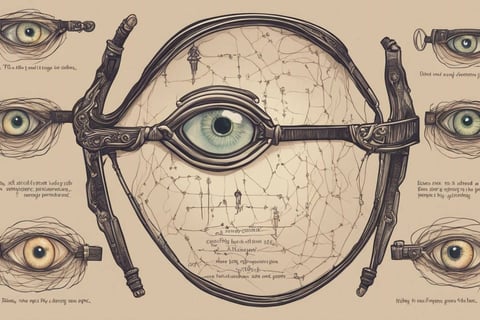



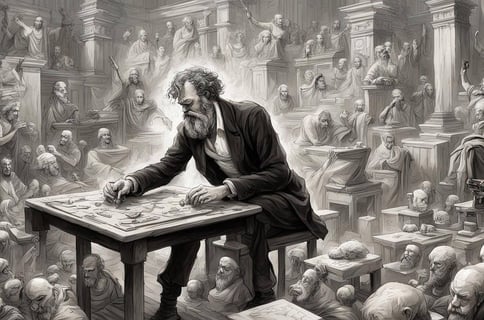

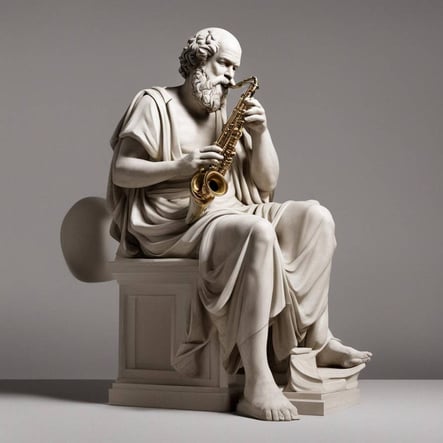



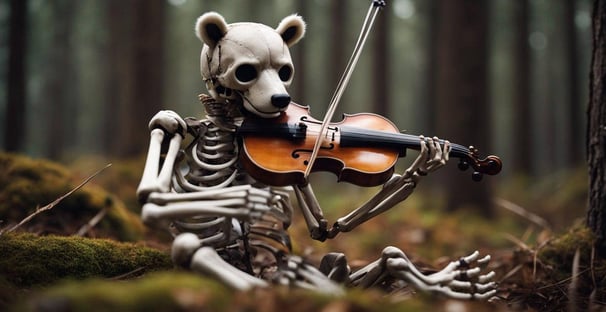

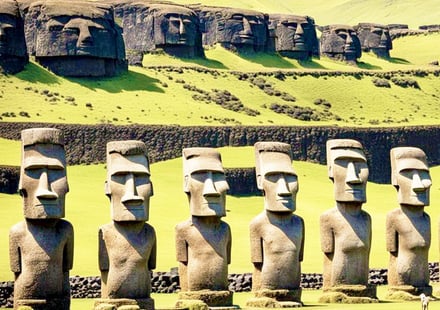

Can you begin with a question and end with a question?
Making contact:
© 2024. All rights reserved. Copyright Shawn Thompson
Socratic Zen on Meta (Facebook) as an interactive public forum
Socratic Zen on Youtube (under construction)
The font used for titles for this website is Luminari, an exquisite yet restrained script font designed by a company called CanadaType. "Its majuscules are particularly influenced by the versals found in the famous Monmouth psalters, as well as those done by the Ramsey Abbey abbots in the twelfth century."
Find an explanation at https://canadatype.com/product/luminari/


